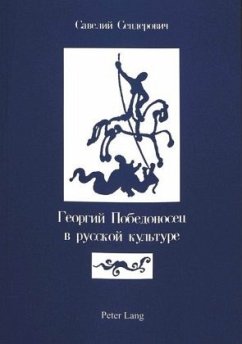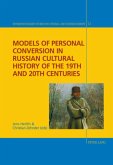The book is written in Russian
St. George is one of the most productive leitmotives in European, especially Russian, culture. The early medieval cult of the saint fell on fertile soil; resulting in hagiography, iconography, religious and state symbolism, and finding its way into folklore, literature, and painting. Tracing this motif leads to profound insights concerning important texts, authors and cultural situations. The book starts with a source survey of the cult's origin and its medieval history in all cultural genres and then proceeds with concrete in-depth studies of this motif in individual Russian texts and with authors from the 12th through the 20th century. The sum of these studies contributes to a phenomenology of culture.
St. George is one of the most productive leitmotives in European, especially Russian, culture. The early medieval cult of the saint fell on fertile soil; resulting in hagiography, iconography, religious and state symbolism, and finding its way into folklore, literature, and painting. Tracing this motif leads to profound insights concerning important texts, authors and cultural situations. The book starts with a source survey of the cult's origin and its medieval history in all cultural genres and then proceeds with concrete in-depth studies of this motif in individual Russian texts and with authors from the 12th through the 20th century. The sum of these studies contributes to a phenomenology of culture.
"The monograph on St. George is lively, enticingly written (in the best sense of the word); it keeps the reader absorbed and carried from chapter to chapter... It is valuable that while the author emphasizes the intensity and the depth of the 'St. George' motif, he does not forget the breadth of the phenomenon which unites Russian culture with the Western and Near Eastern (down to Ancient Egypt). The owner of the future book will have in his hands an encyclopedia 'Georgeana'" (V.N. Toporov, Moscow)






